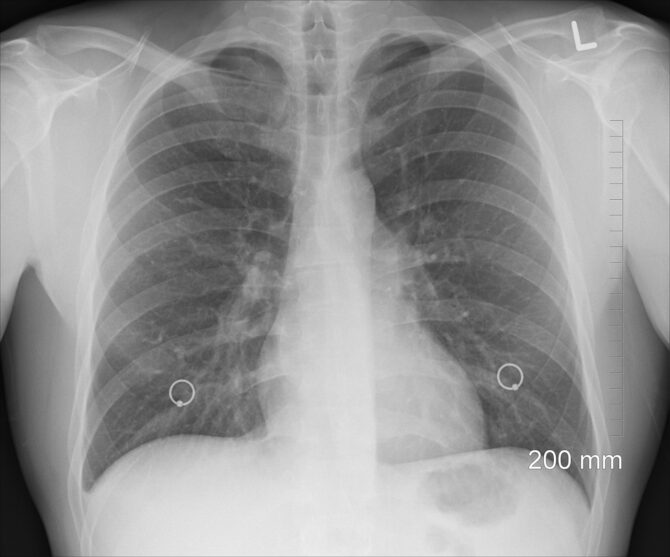Many people do not realize their illness comes from exposure to toxic fibers at work, on ships, or even from secondhand contact at home. What feels like a private health crisis may actually involve serious lawful entitlements that deserve protection. Knowing what you can also claim makes a world of difference. From financial relief to holding businesses to account, the statutes offer routes to justice, but only if you move before deadlines pass and with solid legal backing.
Contents
How Asbestos Exposure Connects to Legal Claims
Most patients with a rare pleural tumor have no idea it stems from inhaling toxic strands years earlier. Fibrous silicate was woven into insulation, shipbuilding, automotive parts, and countless buildings, often without warnings or safeguards. Knowing the cause opens the door to seeking redress from those who let it slip under the radar.
Building a strong case is not just about showing you breathed in those harmful particles; it is about proving those fibers led to your diagnosis. Medical notes, work histories, and eyewitness accounts usually help tie everything together. With solid proof, victims can push for compensation while shining a light on unsafe practices that hurt so many.
Recognizing Employer and Manufacturer Responsibility
Companies often chose profit over protection, even after research flagged the risk. Covering up causes long-term damage, and the courts treat failing to alert or defend workers as a serious breach. Even if a business no longer operates under its old name, you still have paths forward. Firms may merge, rebrand, or go bankrupt, but courts let claims proceed through specialized payout pools. Pinpointing exactly who knew what and when is crucial for naming the right parties.
Time Limits Can Make or Break Your Case
Waiting too long to file can slam the door shut. Each jurisdiction sets its own window, often one to three years after the diagnosis date. This might sound like plenty of breathing room, but gathering evidence, consulting experts, and tracking down old documents can eat up months, so delays cost points.
The timer usually starts when you learn about your condition, not back when the dust was in the air. Since symptoms can lay low for decades, every detail matters. Acting fast after you get your diagnosis gives your legal team the best shot at beating the clock and capturing crucial evidence.
What Compensation Can Actually Cover
Awards stretch far beyond medical bills. You can recoup lost wages, discomfort and distress, caregiver fees, and mental anguish. A solid settlement or verdict keeps most households afloat financially as they face long-term patient needs. Courts also weigh how the illness changes daily life. In severe situations, individuals may lose the ability to work, socialize, or handle chores alone. The goal is to ease this burden with monetary recovery that mirrors the depth of the harm.
The Role of Legal Support in Mesothelioma Cases
Forms, medical proof, and court arguments can overwhelm even the most organized individuals. This is where seasoned mesothelioma support counselors and attorneys come in—they navigate the maze while keeping you in the loop and your rights safe. A solid setup also helps families push for justice without piling on additional costs.
Endnote
Mesothelioma is not just a health battle; it is a fight for lawful protections, too. If your condition traces back to toxic fiber contact, you likely qualify for compensation, accountability, and support. Knowing your options early can shield your finances, relieve stress, and ensure those responsible face consequences for the harm they caused.




